Our History
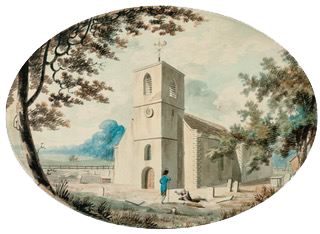
Early days
Although it is not known when the parish of Wanstead came into existence, the first mention of the parish was in 1208. An account tells of a dispute between the Rector, John of St. Laurence and the Priory of Holy Trinity, Aldgate about tithes. The rector was also a canon at St. Paul’s Cathedral.
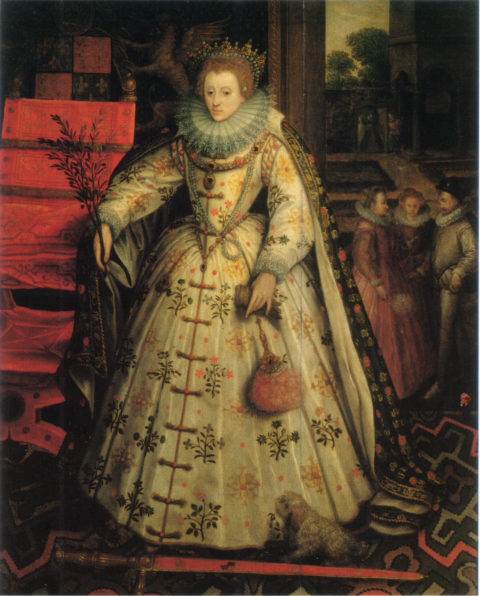
Tudor Wanstead
The manor of Wanstead and the right to appoint the rector passed into Royal hands when it was sold to Henry VII in 1499 for £360. Sir Richard Rich, one of the chief accusers of Sir Thomas More and a Lord Chancellor, made Wanstead his country residence and rebuilt the house. When Mary Tudor was proclaimed Queen in Norwich and returned to London to oust Lady Jane Grey, her sister Elizabeth rode out to meet her at Wanstead. The Welbeck or Wanstead Portrait of Elizabeth I by Marcus Gheeraerts the Elder c1585 is well known.
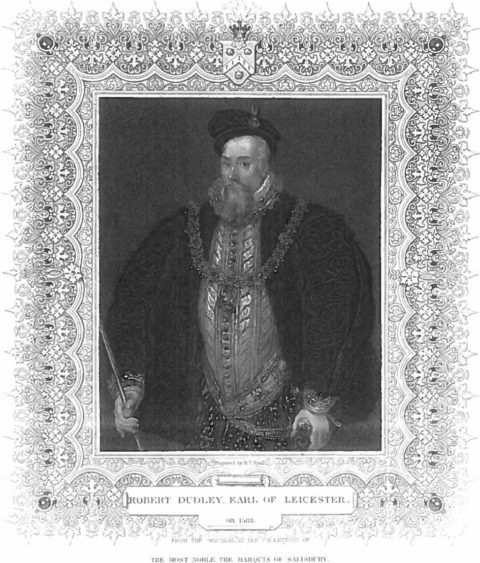
Earl of Leicester
Wanstead was soon bought by Queen Elizabeth’s favourite, Robert Dudley, Earl of Leicester who entertained the Queen there from time to time. After Leicester’s death, it passed to his step-son, another favourite of Queen Elizabeth, Robert Devereux, Earl of Essex.
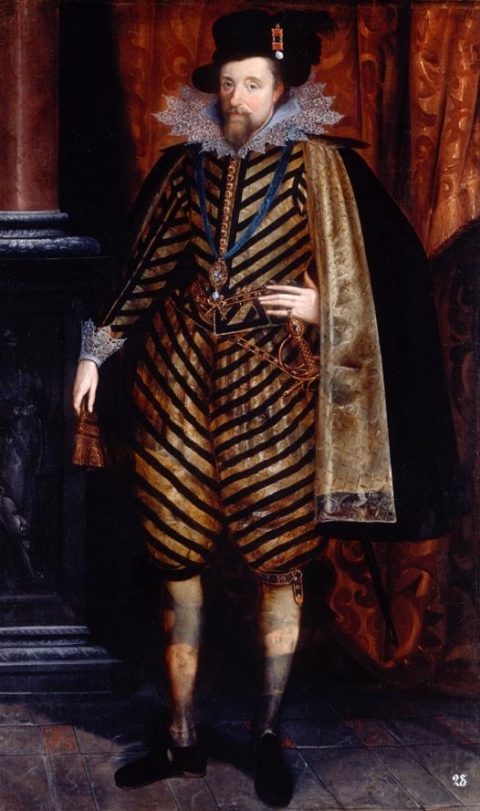
Stuart Wanstead
James I visited Wanstead many times and was regularly in residence at the house. Texts survive of a number of significant sermons preached at Wanstead Church in the presence of the king. During the Civil War and Commonwealth, Wanstead church was closely involved in the Presbyterian organisation of Essex parishes. Perhaps because of its anti-Royalist associations and various changes of ownership, Wanstead was no longer a fashionable place after the Restoration.
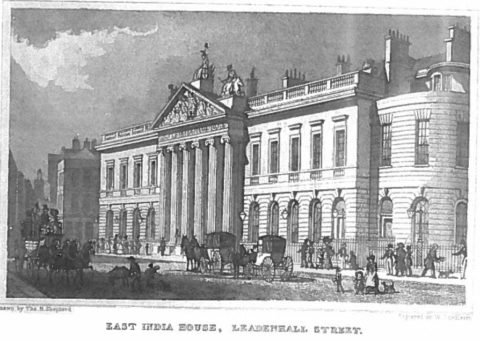
The East India Company
Josiah Child, governor of the East India Company, used his wealth to buy the estate of Wanstead. He was commemorated in 1699 by the magnificent memorial which now dominates the south side of the chancel in the current church of St Mary’s. His son’s half-brother Richard completely re-built the house, and it was considered one of the major country seats rivalling the likes of Blenheim. The two original gateposts can now be seen at the junction of Overton Drive and Blake Hall Road. They bear the monogram of Sir Richard Child.
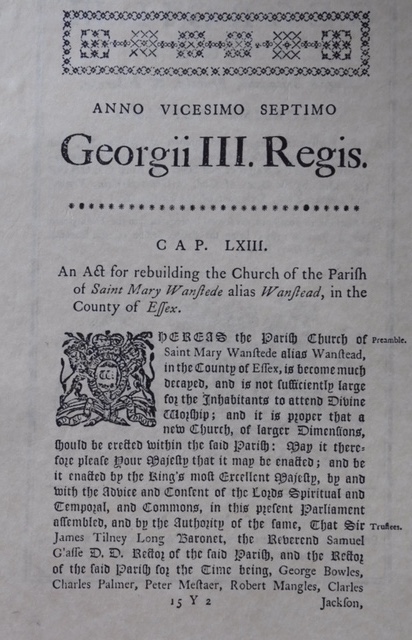
Rebuilding
In March 1787 a motion was passed that re-building the church was essential and a petition was laid before Parliament explaining that the church had become “much decayed, and is not sufficient large.” The new building was to be capable of holding 500 people and was to cost £3,100, although, perhaps inevitably, the final costs amounted to £9,150.
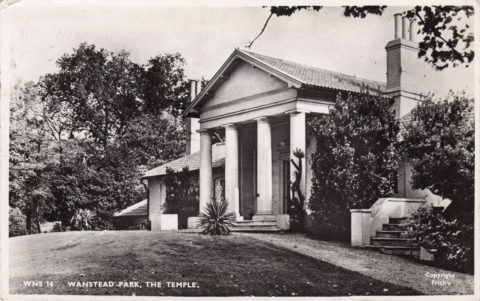
The Temple
The fate of “Wanstead House, the magnificent seat of Earl Tylney” was a sad one. William Pole-Tylney-Long-Wellesley, the nephew of the Duke of Wellington married the heiress to the estate, Catherine. Yet by 1822 the contents were being auctioned off to pay for his extravagances and settle his gambling debts. The following year, the house itself was demolished. All that now remains are the stables and the the Temple (a place for banqueting and entertainment) and the formal layout of the gardens which can be seen in some places in Wanstead Park and the Grotto
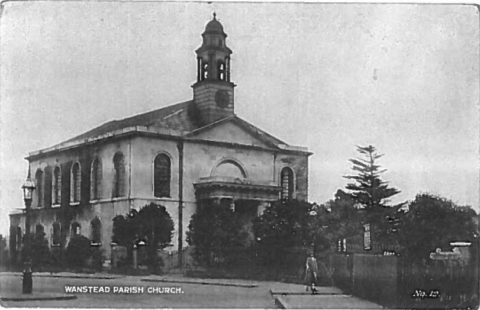
The Church of St Mary the Virgin
St Mary’s is one of the finest examples of a late 18th century church building to be found in Greater London. It is particularly rare because of its virtually unaltered state. The pews used today are the original pews of 1790. It is the only Grade One listed building in Redbridge. The architect Thomas Hardwick also designed St Mary’s, Marylebone Road and was responsible for the renovation of Inigo Jones’ St Paul’s, Covent Garden and Wren’s St. James’, Piccadilly. St Mary’s underwent major repairs in 2018-19 thanks to a grant from the National Lottery Heritage Fund. Watch this film here to learn more.
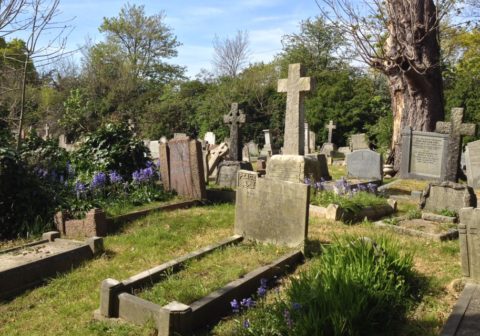
The Graveyard
There are a number of items of interest in the three-acre churchyard: 50 of the tombstones date from the 18th century or earlier. The earliest being that of James Waly who died in 1685. There is the gravestone of Thomas Turpin of Whitechapel, supposedly the uncle of Dick Turpin. The stone sentry box, a memorial to the Wilton family, provided shelter for the guards employed to keep watch for body-snatchers.
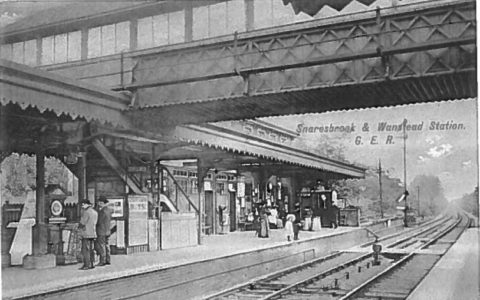
The Railways Arrive
By 1835 the Snaresbrook end of the parish was becoming fashionable after the demolition of the house: “Snaresbrook..is a delightful village on the confines of the Forest, not far distant from the river Roden… it contains some capital houses, the residences of gentlemen’s families…and selected as a suitable situation for numerous elegant seats and country villas.” There had been 1354 residents in 1821 but by 1856 when the railway arrived at Snaresbrook there were 2207.
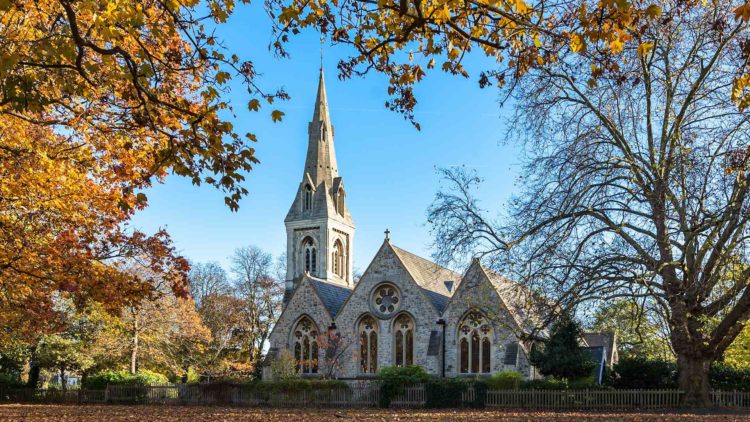
A New Church: Christ Church
The problems of insufficient church accommodation arose again, so a petition was laid for a chapel of ease – the personal project of the Rector, the Revd William Pitt Wigram. The architect was George Gilbert Scott who also designed the nearby Infant Orphan Asylum, now Snaresbrook Crown Court. Christ Church was built at the height of the Gothic revival in the geometric style of the late 13th century.
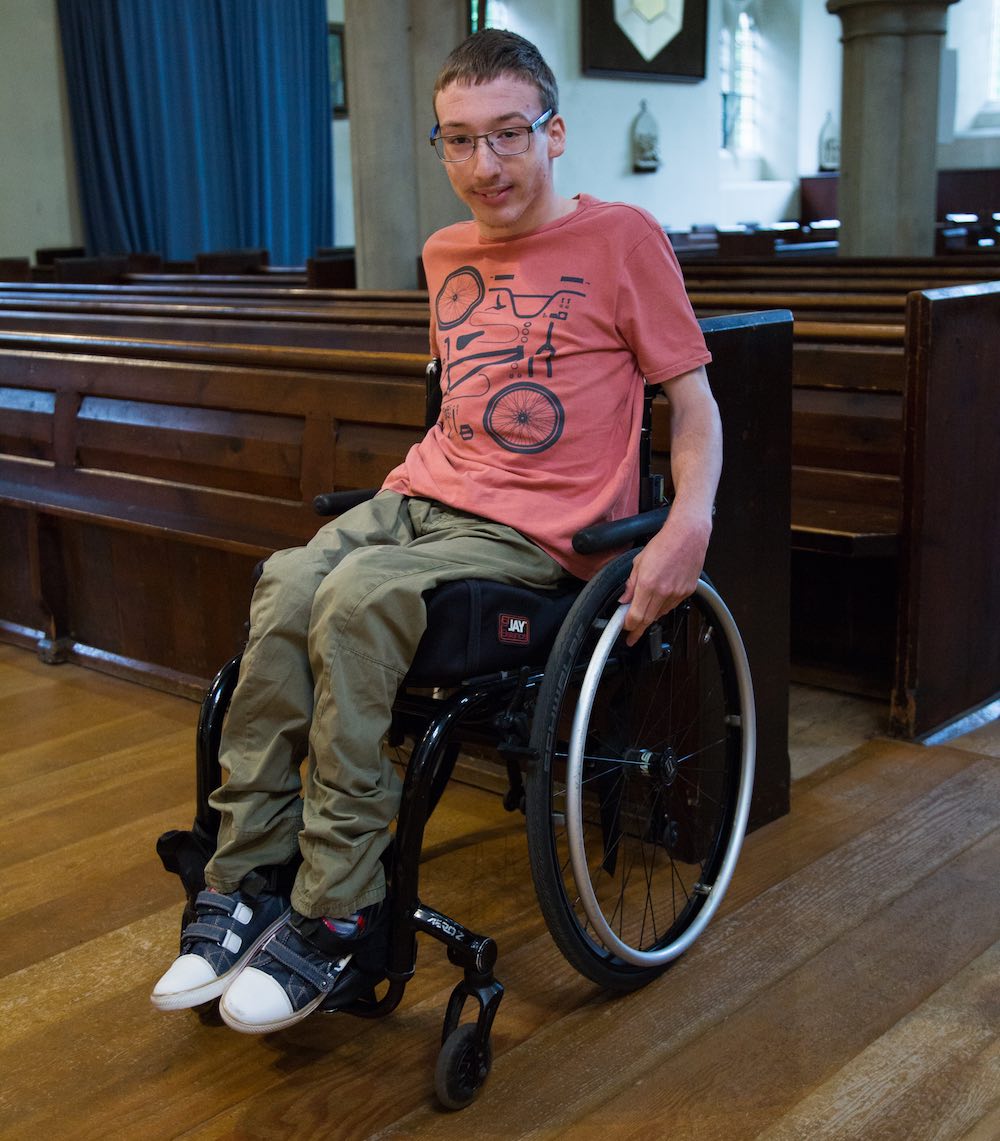
Today
Today the parish boasts two highly attractive vibrant churches at the very heart of the community of Wanstead. We are a family friendly parish that works very closely in partnership with Wanstead Church School. Our churches attract people of all ages and of all life stages to worship with us throughout the week. We seek to offer something in our divine worship for everyone and there is always room for one more at our Lord’s table